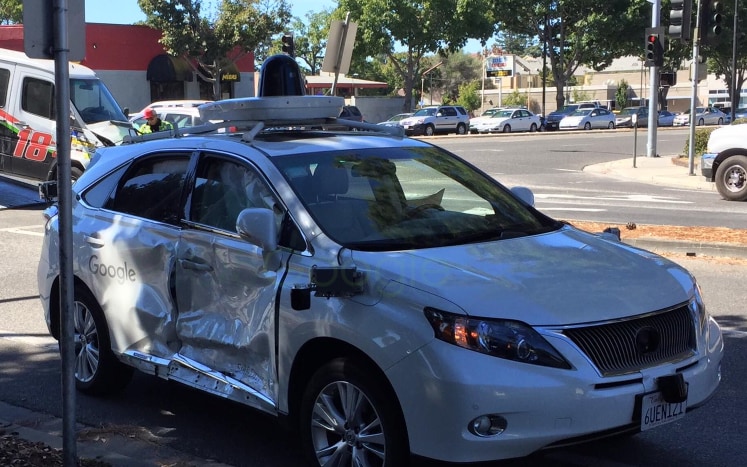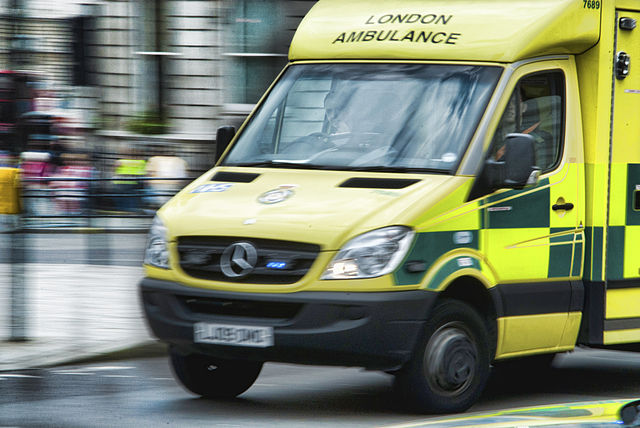The end of blues and twos? Driverless cars and the future of emergency vehicles
You can hear the siren but can’t yet see the flashing lights.
Are you going to have to pull over?
You start looking ahead for somewhere to pull in just in case.
Every driver knows that moment of uncertainty when you can hear there’s an emergency vehicle nearby, but you don’t know which direction it’s coming from.
But in future, will your car take charge at that moment?
Quietly, a couple of years ago, Google filed for a legal patent on a new idea.
The idea was for sound and colour recognition technology that would compare noise and light from road vehicles to a series of templates for emergency vehicles, whether fire engines, police patrol cars or ambulances.
If the colours and sounds matched one of the recognised “blues and twos” siren and light patterns from emergency vehicles, the car would automatically start to manoeuvre to give way.
News of the patent only emerged in September this year.
And it has prompted a debate, particularly in the United States, about what driverless cars mean for the future of policing in particular.
According to official figures, a driving issue is the most likely reason for a member of the public to end up talking to a police officer in the US. There’s a good chance that’s true in the UK too.
Apparently, 85% of times American police end up talking to people, it’s to do with motoring offences or on-the-road problems: from a broken tail light and breakdowns, to accidents, speeding and dangerous driving.
So if driverless cars are programmed to obey the rules of the road and speed limits, will fewer police patrols be needed?
Will there be a need for speed cameras, speed traps and vehicle condition spot checks?
And if an emergency vehicle could send digital signals to all traffic in the area, would there need to be lights and sirens at all?
One dramatic estimate predicts that police numbers could be cut in half in the US alone because of driverless car technology and safer motoring.
Ironically, this debate about the future of emergency services coincided with news of a recent accident involving one of Google’s driverless cars.
A driverless Lexus was hit as it crossed a junction by a van that skipped a red light near Google’s HQ in Mountain View, California.
No one was injured, but the Lexus was badly damaged and towed away.

Witnesses believe the human driver who skipped the light was at fault.
The accident is a timely reminder of what’s in store for the next few years: a mix of human motorists, driverless cars and semi-autonomous vehicles (with more driver assist features) on the road.
If the Mountain View crash is anything to go by, in those circumstances, putting a driverless car on the road doesn’t rule out accidents entirely.
And news coverage of driverless all-too-often overlooks the fact it’s not just cars on the road – cyclists, pedestrians, mobility scooters and horses, at least in rural areas. Road accidents don’t just involve cars.
It’s also worth remembering, for all the headlines about driverless and news of tests in towns and cities around the world, people like to drive.
The point was underlined by a survey in September which revealed that 51% of American motorists would rather keep control of their vehicle – even if driverless cars made the roads safer.
Eight out of 10 said they would always want the option to take control of a driverless car. Six out of 10 said they’d never buy a car without a steering wheel or pedals.
So the foreseeable future is a blend of different types of vehicle – and driver – on roads they share with other forms of transport.
Don’t expect to see and hear less of the blues and twos any time soon.

